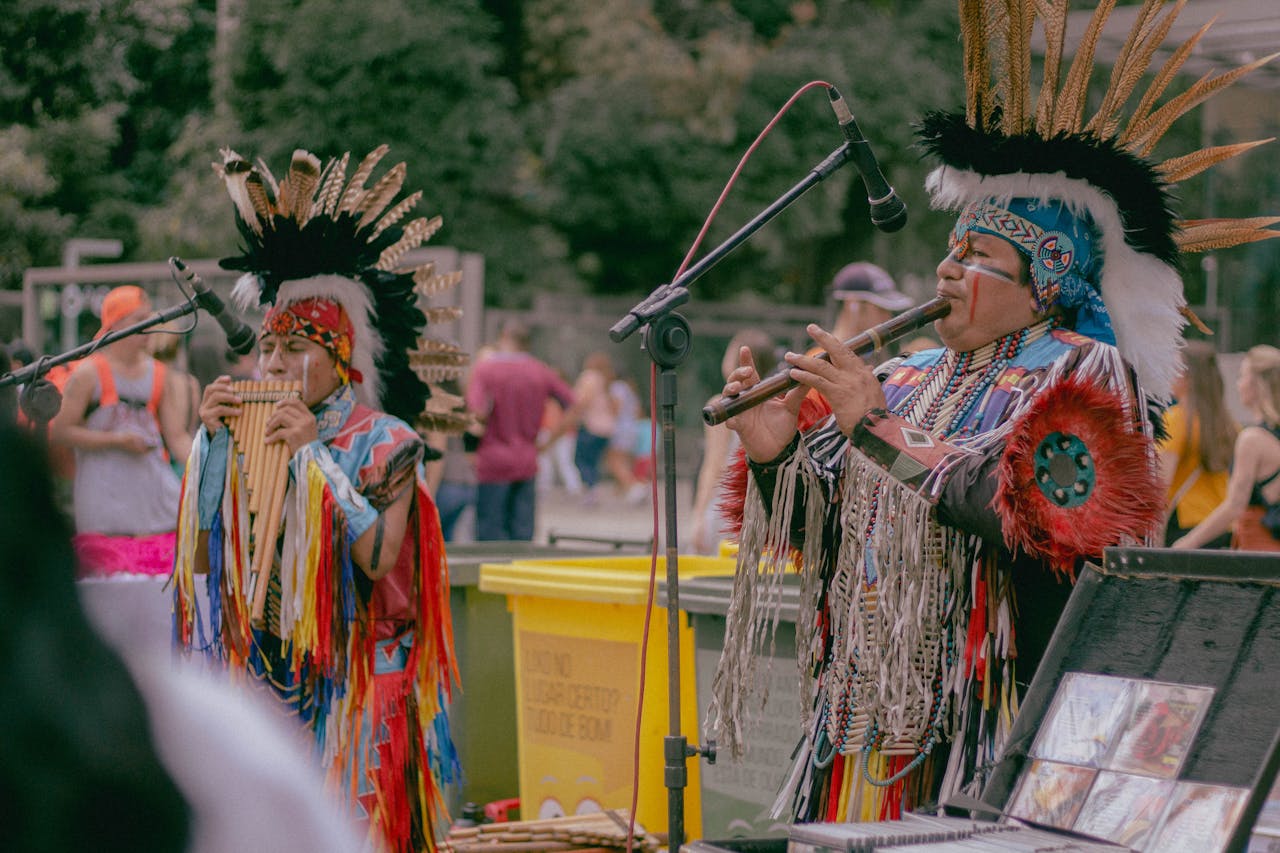Music Across Cultures: Exploring Diverse Genres and Global Sounds
Music is a universal language that transcends boundaries, connecting people across cultures and communities. From the rhythmic beats of African drums to the melodious strains of Indian classical music, each culture brings its unique sound, instruments, and traditions to the rich tapestry of global music. This article explores the diversity of musical genres around the world, their cultural significance, and the ways in which they influence and enrich our lives.

The Role of Music in Culture
Cultural Expression
Music is a vital part of cultural identity, reflecting the history, beliefs, and values of a community. It serves as a means of expression and storytelling, capturing the essence of a culture’s experiences and emotions. Traditional songs often tell tales of ancestors, celebrate historical events, or convey spiritual beliefs.
Community and Connection
In many cultures, music plays a central role in community gatherings and celebrations. It fosters connections among individuals, bringing people together for shared experiences—be it through dance, rituals, or festivals. Music also acts as a bridge, helping to preserve cultural heritage and foster understanding among diverse groups.
Exploring Global Genres
African Music: Rhythms and Roots
African music is incredibly diverse, encompassing various genres like Afrobeat, Highlife, and traditional drumming. It often features complex rhythms, polyrhythms, and call-and-response patterns. Instruments such as the djembe, kora, and mbira are essential to many African musical traditions.
-
Afrobeat: Fusing traditional African music with jazz and funk, artists like Fela Kuti have popularized Afrobeat, making it a significant genre globally.
-
Traditional Drumming: Ritualistic drumming is integral to many African cultures, used in ceremonies, celebrations, and storytelling.
Asian Sounds: Rich Traditions
Asian music reflects the continent’s vast cultural heritage, with genres varying from classical traditions to contemporary pop.
-
Indian Classical Music: Divided into two main traditions—Hindustani (North Indian) and Carnatic (South Indian)—this genre is characterized by its intricate melodies (ragas) and rhythmic cycles (talas).
-
K-Pop: Originating in South Korea, K-Pop has gained global popularity, blending various musical styles with catchy melodies and elaborate choreography.
Latin American Rhythms: Passion and Dance
Latin American music is known for its vibrant rhythms and passionate expressions, influencing dance styles around the world.
-
Salsa: A genre that emerged in the Caribbean, salsa combines elements of jazz, son, and Afro-Cuban music, making it a popular dance genre globally.
-
Bossa Nova: Originating from Brazil, this genre blends samba and jazz, characterized by its smooth melodies and soft rhythms.
Western Genres: From Folk to Hip-Hop
Western music has a rich history of genres, each with its distinct characteristics and cultural implications.
-
Folk Music: Often reflective of cultural narratives and local traditions, folk music varies significantly across regions, from American bluegrass to Irish traditional music.
-
Hip-Hop: Emerging from African American and Latinx communities, hip-hop has become a global phenomenon, serving as a voice for social issues and cultural expression.
Instruments: The Heart of Cultural Sound
Instruments are fundamental to the sound of each musical genre, with unique designs and playing techniques that reflect their cultural origins.
Traditional Instruments
-
Sitar: A plucked string instrument from India, used in classical music and known for its distinctive sound.
-
Didgeridoo: An ancient wind instrument from Australia, traditionally made from eucalyptus wood, producing a deep, resonant sound.
-
Balalaika: A Russian stringed instrument with a triangular body, commonly associated with folk music.
Modern Adaptations
Many traditional instruments are being incorporated into contemporary music, blending genres and creating new sounds. This fusion reflects the dynamic nature of music and the ongoing exchange between cultures.

Cultural Fusion: The Global Music Landscape
World Music Collaborations
The globalization of music has led to exciting collaborations among artists from different cultural backgrounds. These partnerships often produce innovative sounds that resonate with diverse audiences.
-
Examples: The collaboration between Spanish flamenco guitarist Paco de Lucía and Indian sitarist Ravi Shankar exemplifies the beauty of cross-cultural musical exploration.

The Impact of Technology
The rise of digital platforms has made it easier for artists to share their music globally. Genres that were once regionally confined are now accessible to international audiences, fostering greater appreciation for diverse sounds.
-
Streaming Services: Platforms like Spotify and Apple Music allow listeners to explore global music genres and discover new artists, contributing to the global music landscape.
Conclusion: The Power of Music
Music remains a powerful tool for cultural expression and connection. By exploring the diverse genres and sounds from around the world, we gain a deeper understanding of the human experience and the shared emotions that unite us. As we embrace this rich tapestry of global music, we not only celebrate cultural diversity but also foster connections that transcend borders. The melodies, rhythms, and stories of music continue to inspire and transform, reminding us of our shared humanity and the beauty of our differences.












